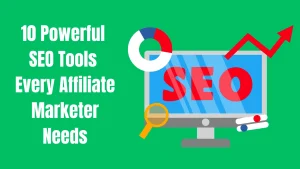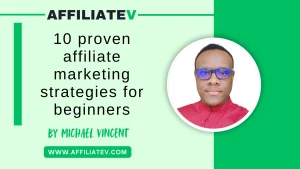How Much Money Do You Need to Start Affiliate Marketing? The Truth Revealed
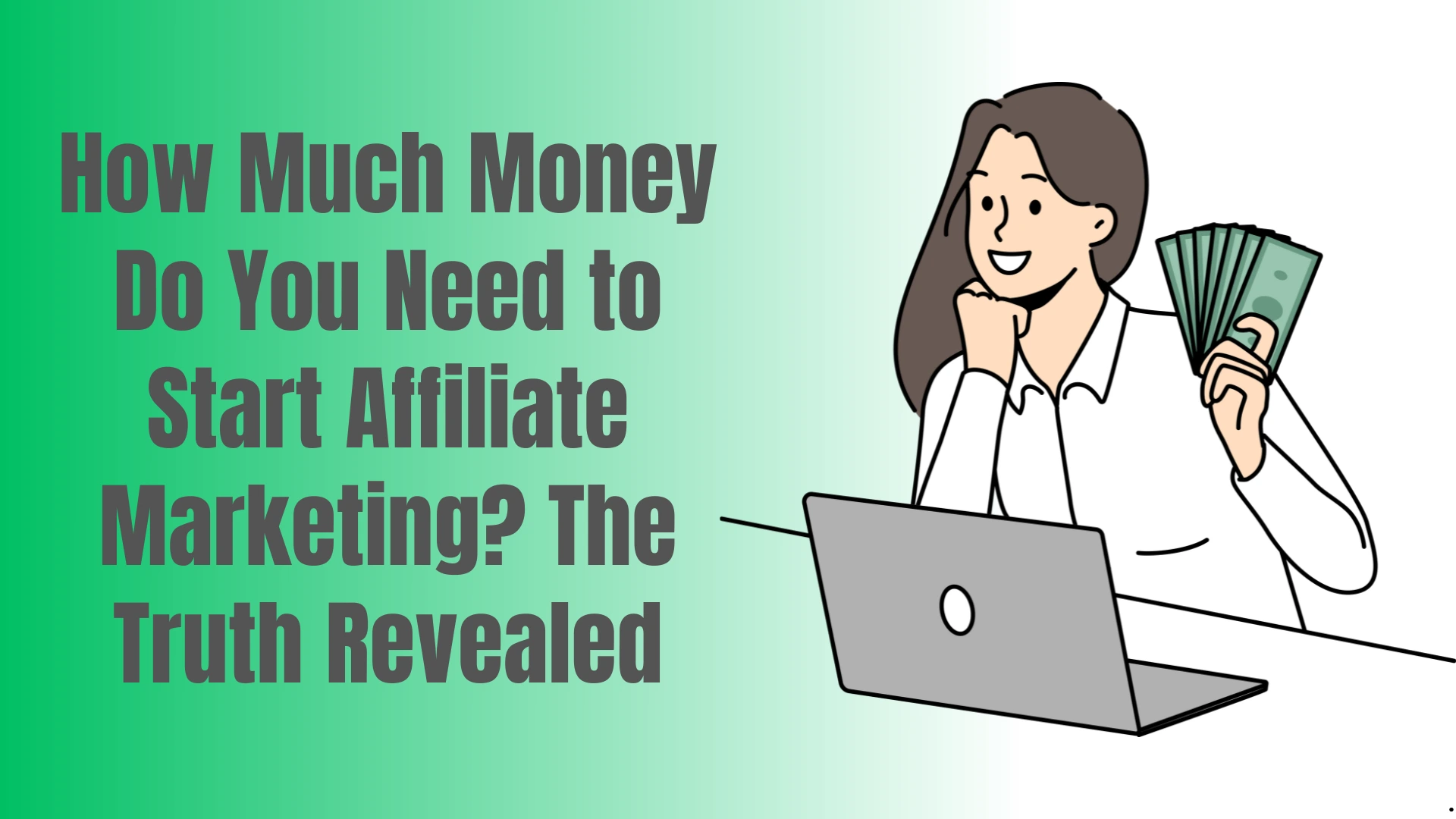
Affiliate marketing is one of the best ways to earn money online without creating your own product. You promote other companies’ products, earn commissions on sales, and build a business that runs on content, strategy, and smart marketing.
Some affiliates make a few hundred dollars a month, while others generate six or even seven figures. The potential is real—but so are the costs.
A common myth is that affiliate marketing is “free” to start. You’ll hear people say, “Just grab an affiliate link and post it online.” But the truth? If you want to build a sustainable business, you will need to invest something—whether it’s money, time, or both.
The good news is that you don’t need thousands of dollars. You can start small, and as your income grows, you can reinvest into better tools and strategies.
Now, how much money do you need to start affiliate marketing? In this article, I’ll break down the real costs of starting affiliate marketing, from must-have essentials to optional upgrades. Whether you’re on a tight budget or ready to invest, knowing where to spend (and where to save) will help you make smarter decisions. Let’s get into it.
Can You Start Affiliate Marketing for Free?
When I started affiliate marketing, I had almost no money to invest. But I knew I needed a website, so I scraped together $34 for a hosting plan and built my first blog. That was it—no paid ads, no fancy tools, just a simple site and a lot of effort.
I focused on free traffic sources like SEO, social media, and content marketing. It took months before I saw my first commission, but once the money started coming in, I reinvested into better tools and strategies.
Technically, yes, you can start affiliate marketing for free. You don’t need a website right away. You can promote affiliate links through social media, YouTube, forums (like Reddit and Quora), and email marketing—all without spending a dollar.
Platforms like TikTok, Instagram, and Pinterest make it possible to generate traffic organically. Blogging on free platforms like Blogger, Medium or WordPress.com is another option. Some affiliates even build entire businesses using only Facebook groups or Reddit marketing.
The Catch? Free Takes Time
The biggest limitation of starting for free is that it’s slow. Sounds discouraging, right? SEO takes months to gain traction, social media algorithms change, and competition is tough.
The worst part? Without a website, many affiliate programs won’t accept your application. And if a platform bans your account, you lose everything overnight (like what happened to me on blogger.com). Free methods work, but they require patience, consistency, and a lot of trial and error.
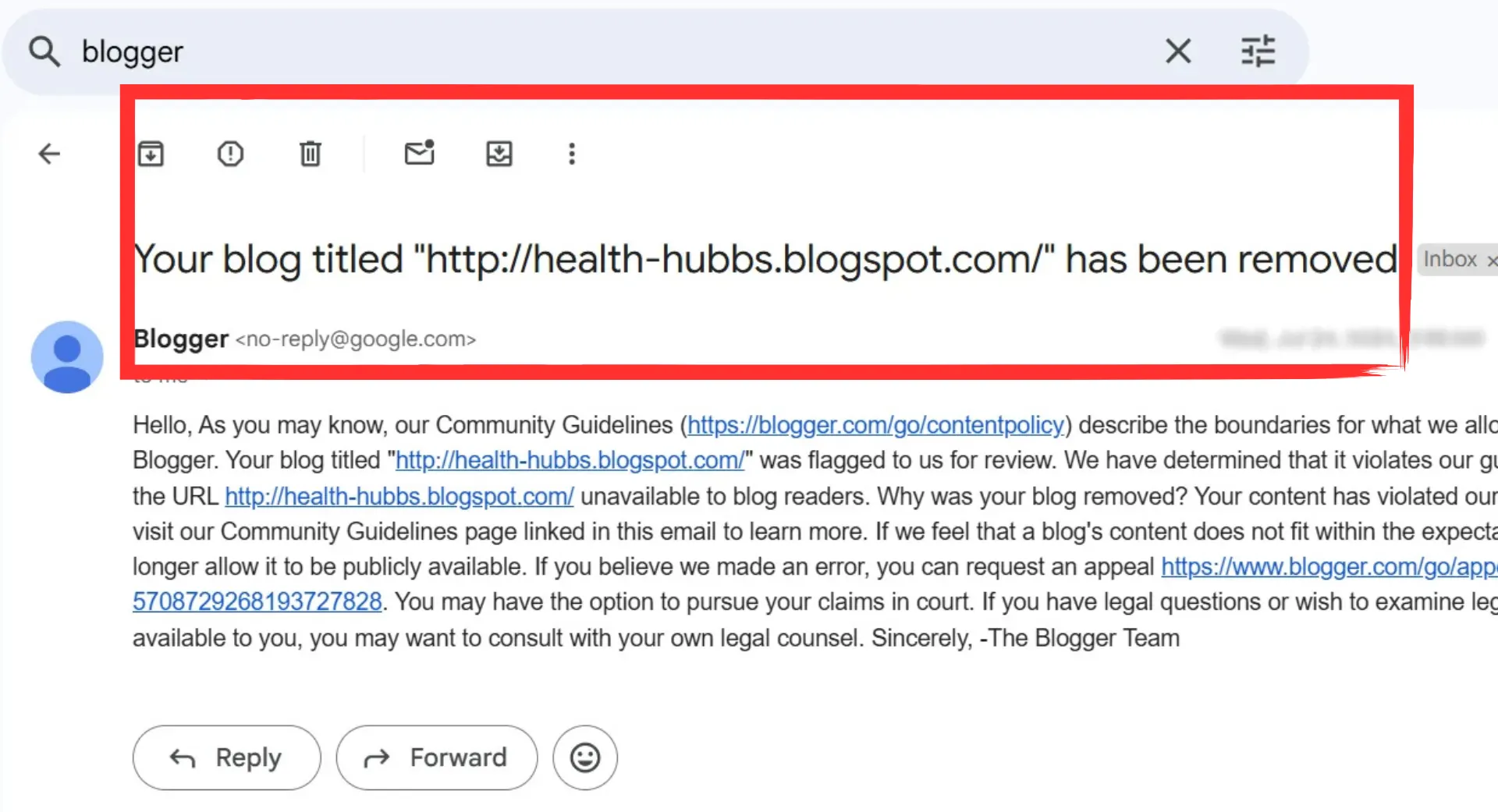
Who Should Start for Free?
If you’re on a tight budget but willing to put in the work, free strategies are a solid way to start. They’re perfect for beginners testing the waters or creators who already have an audience. But if you’re serious about turning affiliate marketing into a business, investing even a small amount—like I did—can give you a huge head start.
The Essential Costs of Affiliate Marketing
Do not just grab an affiliate link and post it online. If you want to build a long-term, profitable business, there are some essential costs to consider. The good news is that you don’t need to spend thousands, but investing wisely can make a huge difference in your success. Here’s a breakdown of where your money might go.
1. Domain & Hosting ($50–$150 per year)
Owning your website is non-negotiable if you’re passionate about affiliate marketing. A website gives you full control over your content, audience, and income—unlike social media platforms that can shut down or change overnight.
When I started, I knew I needed a reliable and affordable hosting service. After testing a few, I stuck with InterServer.net because of its low-cost, high-performance hosting. They don’t hike prices after renewal, which is a big plus. If you’re just starting, a simple WordPress site with a custom domain is all you need to get going.
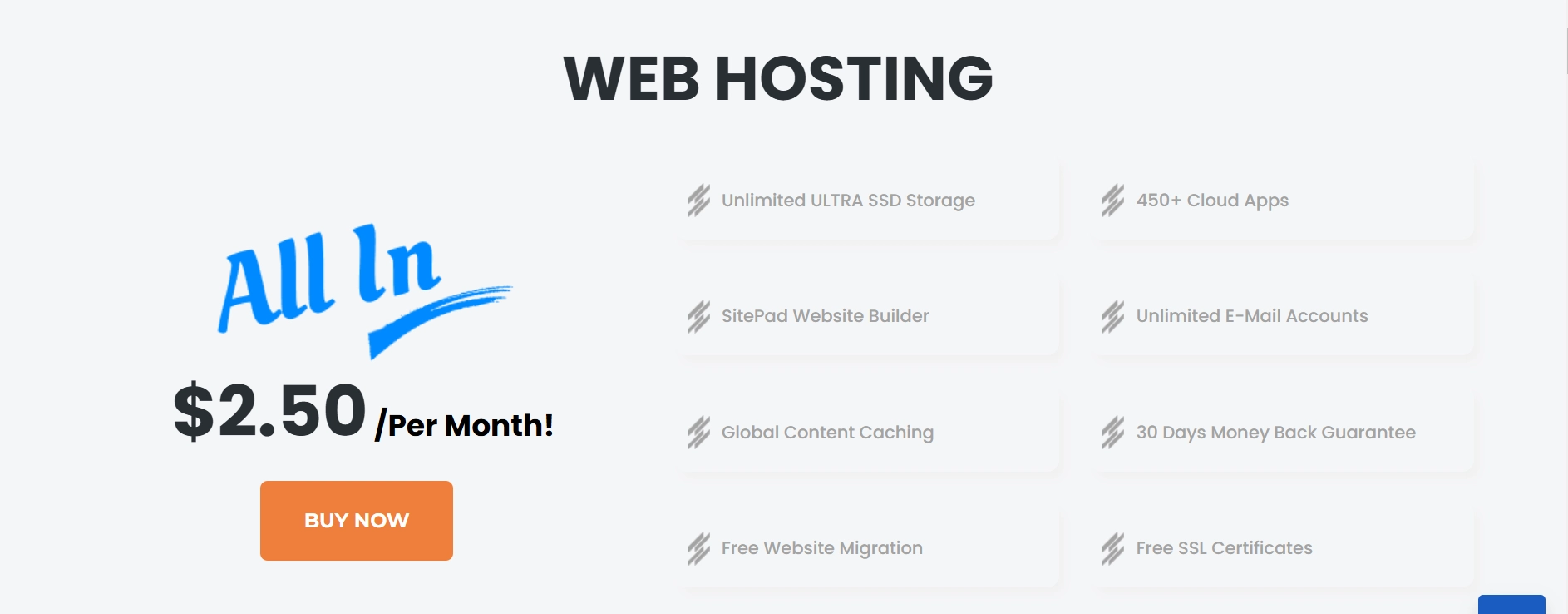
2. Content Creation ($0–$500+)
Content is the backbone of affiliate marketing, and as the saying goes, “Content is king.” Whether it’s blog posts, videos, or emails, quality content drives traffic and sales. Here, you have two choices:
- DIY: Write your own articles, create videos, and design graphics for free. This takes time but keeps costs low. You can also use free article writing tools like WriteBlogger or SEOWriting.ai, Canva for visuals and graphic elements, and Invideo for creating video content.
- Hiring freelancers: If writing isn’t your thing, you can hire writers, designers, or video editors. Expect to pay anywhere from $30 to $200 per article or more for professional content.
For instance, when I started, I wrote every single post myself to save money. Over time, as my income grew, I started outsourcing some content to focus on bigger strategies.
3. Email Marketing Tools ($10–$50/month)
An email list is one of the most powerful assets in affiliate marketing. Unlike social media, where algorithms decide who sees your content, emails go straight to your audience’s inbox. This means higher engagement, more sales, and long-term relationships with your readers.
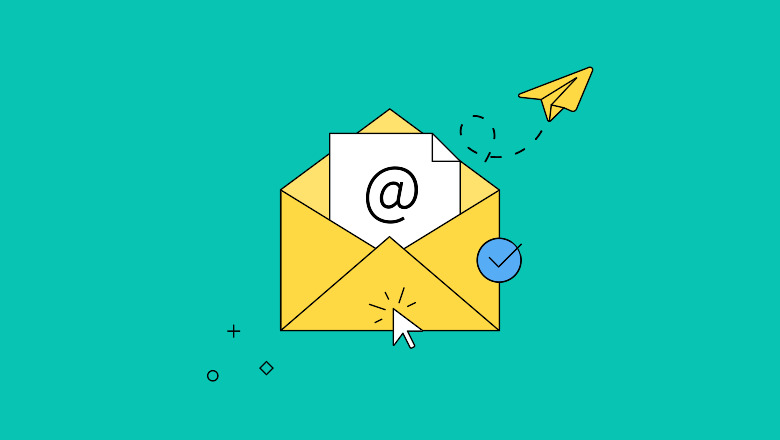
I personally use and recommend GetResponse because it’s easy to use and has great automation features. They also offer a free plan to get started, which is perfect if you’re on a budget. A good email tool will help you build automated sequences, capture leads, and send targeted offers—all on autopilot.
4. SEO & Keyword Research Tools ($0–$100/month)
If you’re relying on Google for traffic, SEO tools are non-negotiable. Without them, you’re guessing what people search for and risking your content getting lost in a sea of competition.
These tools help you find profitable, low-competition keywords, analyze search trends, track rankings, and optimize content so you can increase your chances of ranking higher on Google.
I use Ubersuggest for quick, basic keyword research and backlink analysis. It’s great for checking search volume, keyword difficulty, and competitor insights without getting overwhelmed by complex data.
However, when I need long-tail, low-competition keywords—which are easier to rank for and more targeted—I prefer KWFinder. It gives more accurate niche keyword suggestions and provides deeper insights into competition levels.
While free SEO tools exist, they often have limited data and fewer features. Paid tools save time, provide more accurate results, and offer advanced insights that help you create content with a higher chance of ranking. If you’re serious about organic traffic, investing in a solid SEO tool is one of the smartest moves you can make.
5. Paid Advertising ($100–$1000+ per month)
When I first started, I didn’t spend a single dollar on paid ads. I relied entirely on free traffic—blogging, SEO, and social media—because I simply didn’t have the budget. It took time, but it worked. Eventually, as I started making money, I realized that organic traffic alone wasn’t enough to scale fast. That’s when I decided to test paid advertising, and it completely scaled my business.
Paid ads give you instant visibility. Instead of waiting months for SEO to kick in, platforms like Facebook Ads, Google Ads, and YouTube Ads let you put your offer in front of the right audience immediately. This can speed up your results, increase conversions, and generate consistent sales. But there’s a catch—ads require strategy and patience.
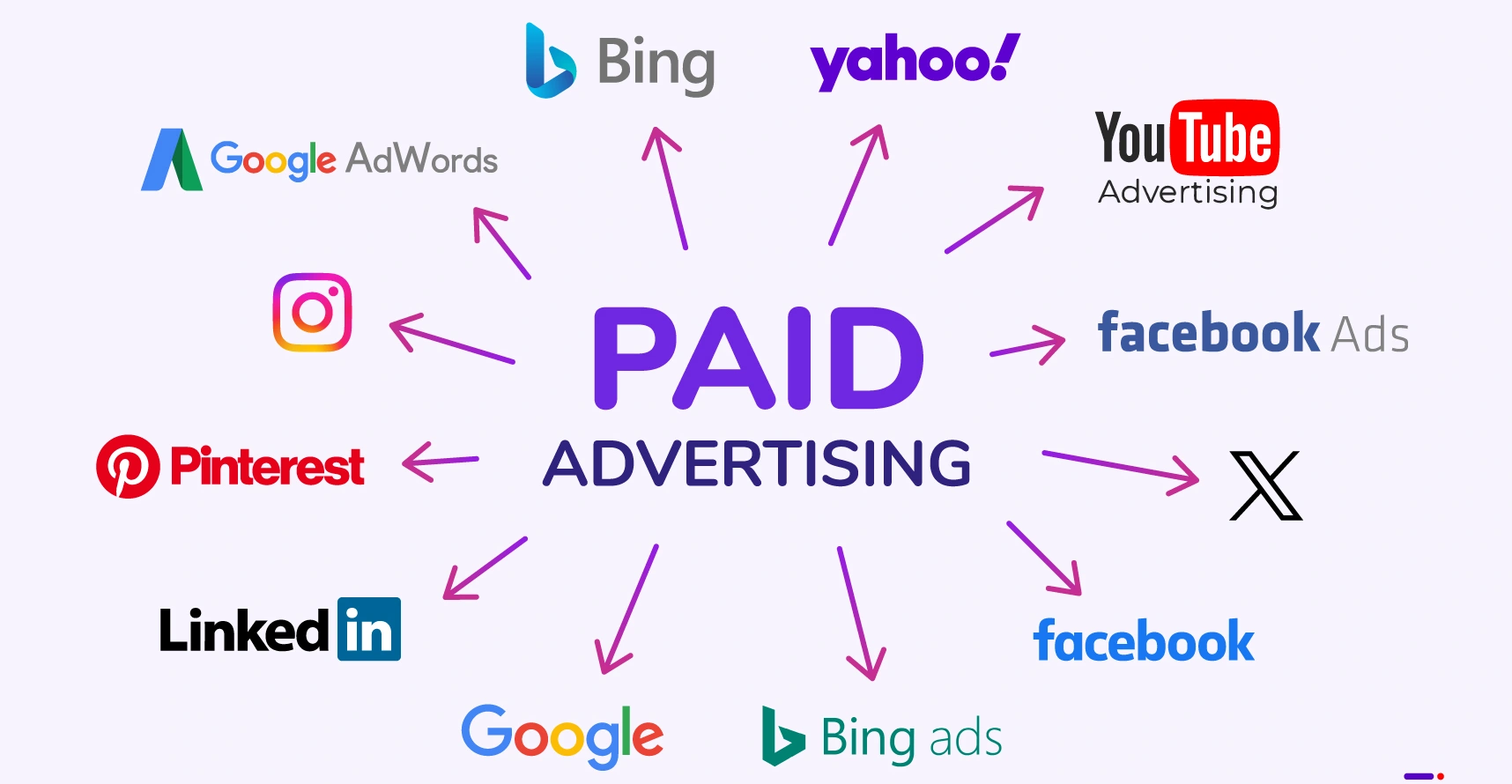
When I first tried Facebook Ads, I thought I could just throw in some money and get sales overnight. Ooh my! That was a big mistake, and guess what? I ended up losing money because I didn’t fully understand targeting, ad copy, and audience behavior. The truth is, paid advertising isn’t about spending money—it’s about spending it wisely.
If you’re new to paid marketing, start small. Test different ads with a $5–$10 daily budget instead of diving in with hundreds of dollars. Analyze what works, adjust your approach, and only scale once you find a winning formula. Otherwise, you could burn through money fast without seeing results.
I always recommend mastering organic traffic first before relying on ads. But when you’re ready to scale, a well-optimized paid ad campaign can be one of the most powerful tools in your affiliate marketing arsenal.
6. Other Costs (Plugins, Funnels, AI Tools, etc.) ($0–$200)
These aren’t mandatory, but they make life easier:
- SEO plugins (Yoast SEO, Rank Math) help optimize your content.
- Funnel builders (ClickFunnels, Systeme.io) improve conversions.
- AI tools (ChatGPT, Jasper) speed up content creation
I didn’t invest in these right away, but over time, I realized they save time and increase efficiency. If you’re on a tight budget, start with free or low-cost versions and upgrade later.
Affiliate marketing doesn’t have to be expensive, but investing in the right tools can make your journey faster and more profitable. If I had to start over today, I’d focus on hosting, SEO tools, and email marketing first, then gradually invest in paid ads and automation. The key is to start with what you can afford and scale as you grow.
Budgeting for Different Approaches
As I mentioned above, your budget shapes how fast you grow in affiliate marketing. Some start with nothing, while others invest heavily to speed things up. Let’s break down three common approaches so you can choose what fits your goals.
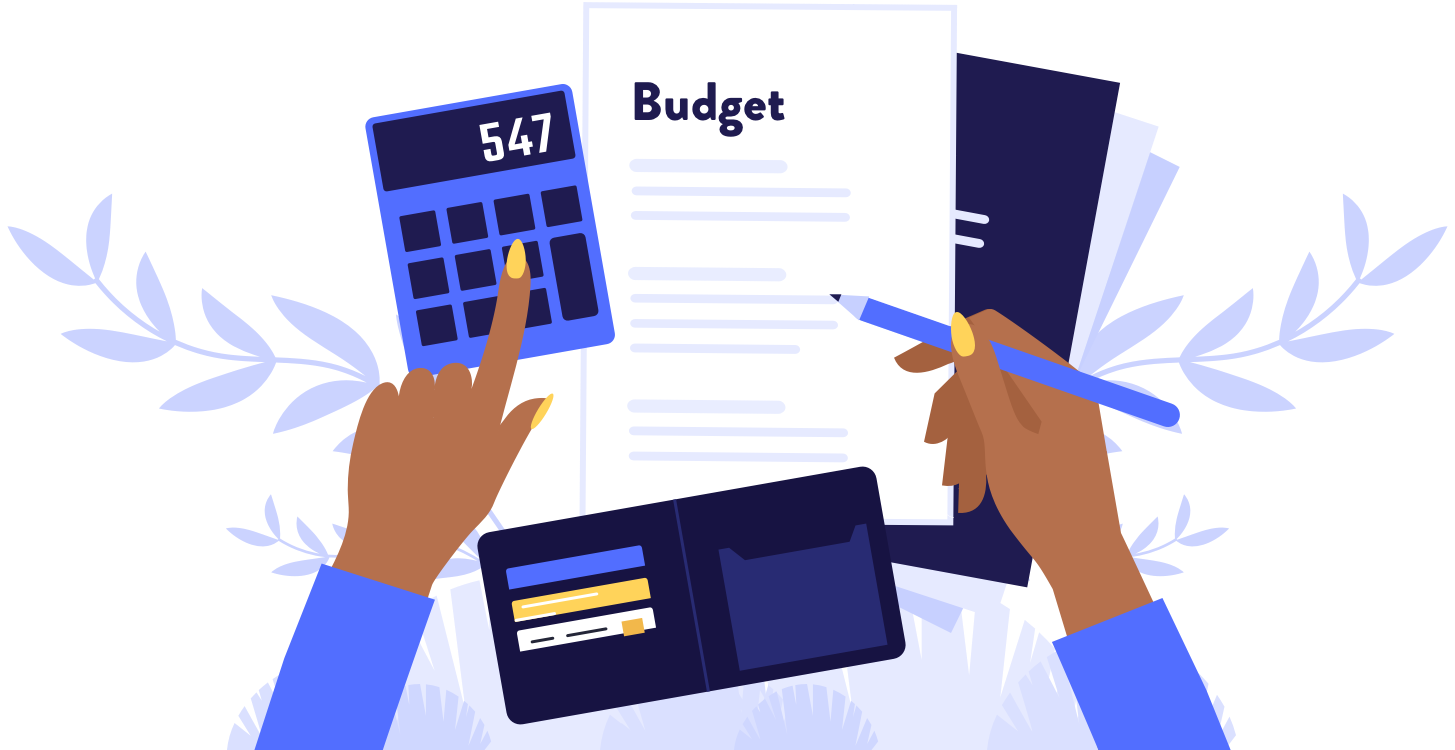
1. Barebones Budget ($0–$100)
If you’re starting with almost no money, you’ll rely on free tools and organic methods. This means using social media, SEO, and content marketing to drive traffic.
The Benefits:
- Free platforms like WordPress.com or Blogger let you launch without upfront costs.
- SEO tools like Rank Math (free) and keyword research with Ubersuggest (free version) help optimize content.
- Organic traffic from Google, YouTube, and social media reduces ad expenses.
What to Watch Out For:
- Growth is slow, requiring months of consistent content before seeing results.
- Free websites have limited customization and branding options.
- More time investment is needed since you can’t outsource tasks.
2. Moderate Budget ($500–$1000)
This approach balances organic growth with strategic paid tools. You’re still focusing on content marketing, but with better resources to speed things up.
The Benefits:
- A custom domain and hosting (e.g., Interserver.net, ~$50/year) make your site professional.
- Investing in an SEO tool like KWFinder improves ranking by finding low-competition keywords.
- Email marketing with GetResponse ($15–$50/month) builds a list and nurtures leads.
What to Watch Out For:
- Returns aren’t immediate—SEO and email marketing take time to pay off.
- You need to manage expenses carefully to avoid overspending.
- A mix of free and paid tools requires strategic planning to maximize ROI.
3. Aggressive Budget ($2000+)
If you want fast results, investing heavily in paid ads and outsourcing can speed things up. Instead of waiting months for organic traffic, you’re buying traffic and hiring experts to do the heavy lifting.
The Benefits:
- Paid ads (Facebook, Google, YouTube) drive instant traffic and sales.
- You can outsource content writing, SEO, and design, saving time.
- Premium tools like ClickFunnels ($97/month) improve conversion rates.
What to Watch Out For:
- Ads require testing—you might lose money before finding a winning strategy.
- Outsourcing means trusting others with your brand.
- Without proper tracking, you can burn through cash without seeing profits.
Which Approach Is Right for You?
If you have more time than money, start with a bare-bones budget and focus on SEO and organic traffic. If you can invest in tools and email marketing, a moderate budget helps speed things up. But if you want fast growth and have the funds, an aggressive budget can generate results quicker—with the right strategy.
The Real Truth: Do You Need a Lot of Money to Succeed?
Many people assume that making money with affiliate marketing requires big upfront investments. That’s not entirely true. While having money helps, strategy, consistency, and effort matter more. I’ve seen people succeed with almost nothing, and others burn thousands without making a dime.
What I can say is that your approach—not your budget—determines success.
Success Comes from Smart Strategy, Not Just Money
Throwing money at ads or tools won’t guarantee results. I’ve seen beginners buy expensive courses, premium tools, and ad campaigns—only to get zero returns. Without a solid strategy, money disappears fast. The key is learning the right skills (SEO, content marketing, audience research) and applying them consistently.
How Smart Investments Can Accelerate Growth
If used wisely, money can speed things up. Instead of spending months growing organic traffic, you can:
- Buy a domain and hosting ($50–$150/year) to create a professional website.
- Use SEO tools ($20–$100/month) to find easy-to-rank keywords.
- Invest in email marketing ($10–$50/month) to build an audience faster.
- Run small paid ads ($5–$10/day) to test offers and find what works.
The key is starting small, testing, and reinvesting only when something is working.
Common Beginner Mistakes That Waste Money
I’ve made mistakes, and I’ve seen others do the same. Here’s what to avoid:
- Buying expensive tools too early – You don’t need premium tools when free ones work just fine.
- Skipping the testing phase – Running ads without testing wastes money fast. Start with low budgets.
- Chasing “shiny objects” – Many fall for “secret traffic hacks” or “guaranteed profit” tools. Most are scams.
- Ignoring organic strategies – Free traffic methods take time but save money in the long run.
How well you execute your strategies will determine your success in affiliate marketing (not how much you spend). You can start for free, but smart investments can speed things up. The key is spending wisely, testing strategies, and staying consistent.
Final Verdict: How Much Should You Really Invest?
Here is my final verdict. So, how much do you actually need to start affiliate marketing? The truth is—it depends on your budget, goals, and patience. You can start for free, invest a few hundred dollars, or go all in with a few thousand. What matters most is spending wisely and reinvesting as you grow.
Recap of Different Budget Options
- Barebones Budget ($0–$100) – You rely on free methods: social media, blogging, and SEO. Growth will be slow, but it’s possible.
- Moderate Budget ($500–$1000) – A mix of free and paid tools. You invest in hosting, SEO tools, and email marketing for faster growth.
- Aggressive Budget ($2000+) – You speed up success with paid ads, premium tools, and outsourcing content creation.
Each approach works—you just have to pick one based on your risk tolerance and available funds.
Start Small and Scale Up
When I started, I didn’t dump thousands into tools and ads. As I said, I spent just $34 on hosting, wrote content, and focused on organic traffic. It took time, but I built a solid foundation. If you’re on a tight budget, start small and use free tools. As your business makes money, reinvest smartly—upgrade tools, test paid traffic, and outsource tasks that free up your time.
Final Advice: Invest Based on Your Financial Situation
- If money is tight, focus on free strategies and upgrade as you earn.
- If you have some money to invest, get hosting, SEO tools, and an email service.
- If you can afford it, speed things up with paid ads and outsourcing.
Conclusion
Affiliate marketing is often seen as a “free” way to make money online, but the reality is different. While it’s possible to start without spending a penny, serious growth requires some investment. The amount you need depends on your approach, financial situation, and willingness to put in the work.
What We’ve Learned
- Affiliate marketing isn’t truly free – Free methods exist, but they take time and effort. A website, SEO tools, and email marketing can speed up success.
- Budget options vary – Whether you start with $0, $500, or $2000+, success depends on smart investments, strategy, and persistence.
- Money alone won’t guarantee results – Many beginners waste money on unnecessary tools and ads. Learning, testing, and adapting matter more than budget size.
- Start small and reinvest wisely – Even a small investment in the right tools can make a big difference. As you earn, reinvest in what works to scale up.
Just Get Started
If you’re much into affiliate marketing, don’t overthink the costs—start with what you have. You can build a solid business using free methods, and then invest as you grow. What truly matters is taking action, learning from mistakes, and staying consistent. Whether you have zero budget or thousands to spend, success comes from effort, strategy, and time—not just money.
Important
If you’re starting affiliate marketing and want a clear, no-nonsense guide, Affiliate Marketing For Dummies is a great place to begin. I’d definitely recommend it!
Frequently Asked Questions: How Much Money Do You Need to Start Affiliate Marketing?
Can I really start affiliate marketing for free?
Yes, but expect slow growth. Free methods like blogging, social media, and organic SEO work, but they take time. Without a website, you rely on platforms you don’t control. Investing in a domain and hosting ($50–$150/year) gives you more stability and professional credibility.
What’s the absolute minimum I need to spend?
If you’re serious, $50–$100 is enough to start. That covers a domain, hosting, and basic tools. You can create content yourself, use free SEO tools, and grow with organic traffic. As you start earning, reinvest in better tools and strategies.
How much do paid tools really help?
Paid tools save time and improve results. SEO tools like KWFinder help you target the right keywords faster. Email marketing tools like GetResponse help build an audience. While you can find free alternatives, premium tools provide better data and automation, making your business more efficient.
Is paid advertising necessary for success?
No, but it speeds things up. Free traffic takes months (sometimes years), while paid ads can drive sales quickly. If you have a budget, start small ($5–$10/day), test, and scale up once you see results. If you can’t afford ads, focus on SEO and content marketing.
What are the biggest money-wasting mistakes beginners make?
Many new affiliates spend on things they don’t need—expensive funnels, unnecessary software, or ads without a strategy. The key is to invest only in what moves the needle. Before spending, ask yourself: Will this help me get traffic, build trust, or increase conversions? If not, skip it.
How much should I realistically invest to make serious money?
It depends on your approach. A barebones budget ($100 or less) means slow, steady growth with free methods. A moderate budget ($500–$1000) lets you invest in SEO, email marketing, and content. A high budget ($2000+) allows for paid ads and outsourcing. The more you invest wisely, the faster you grow—but success still requires effort and strategy.





